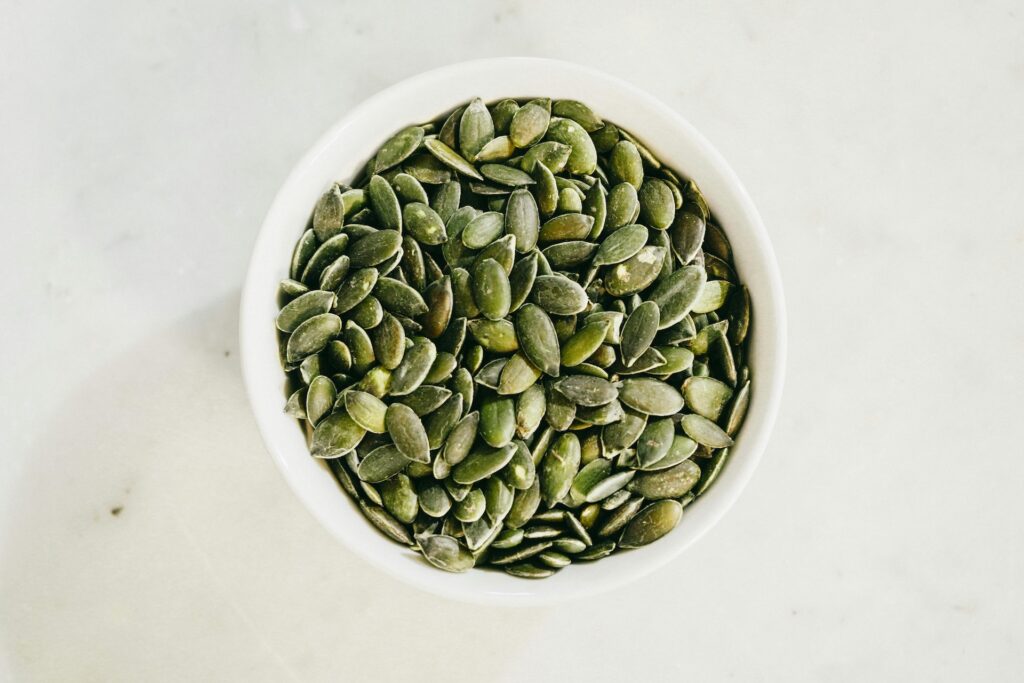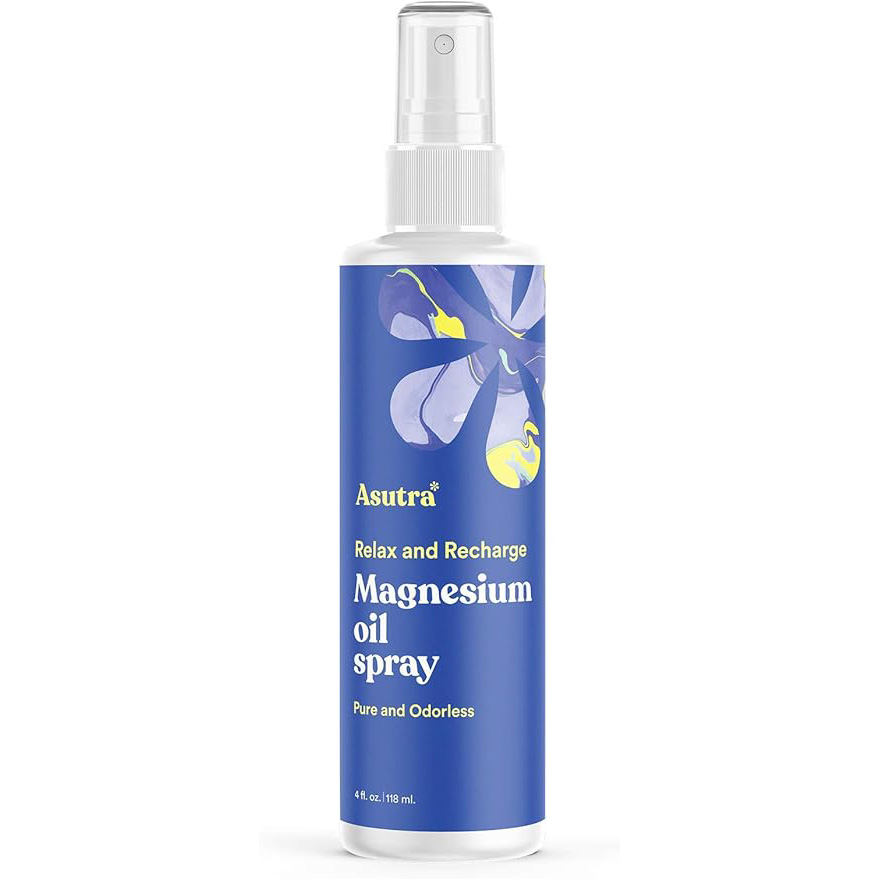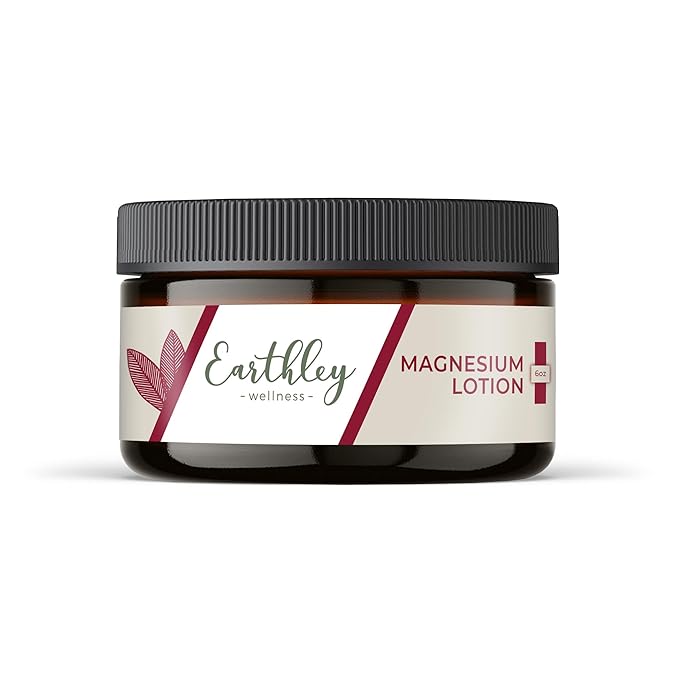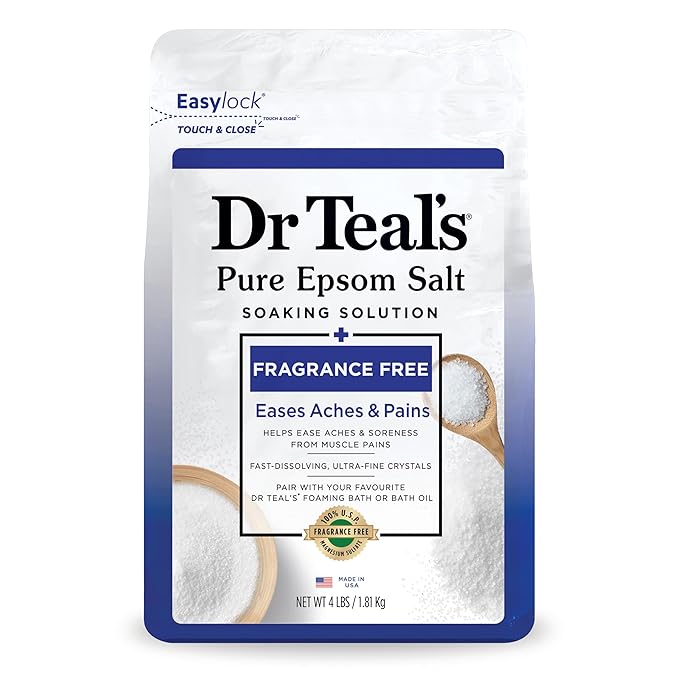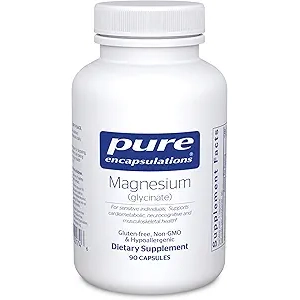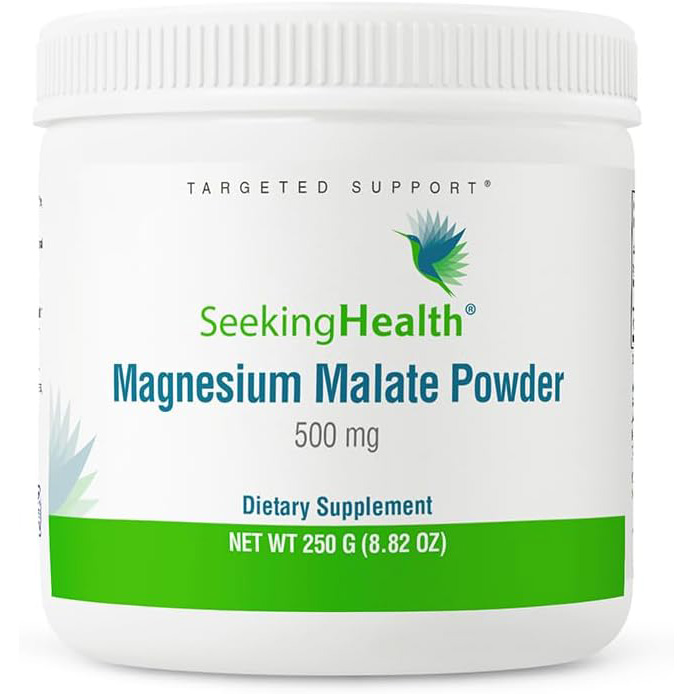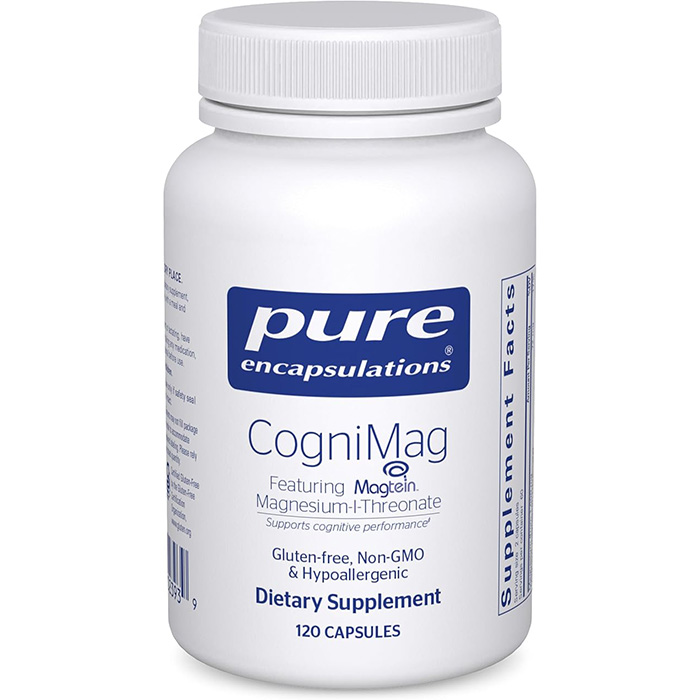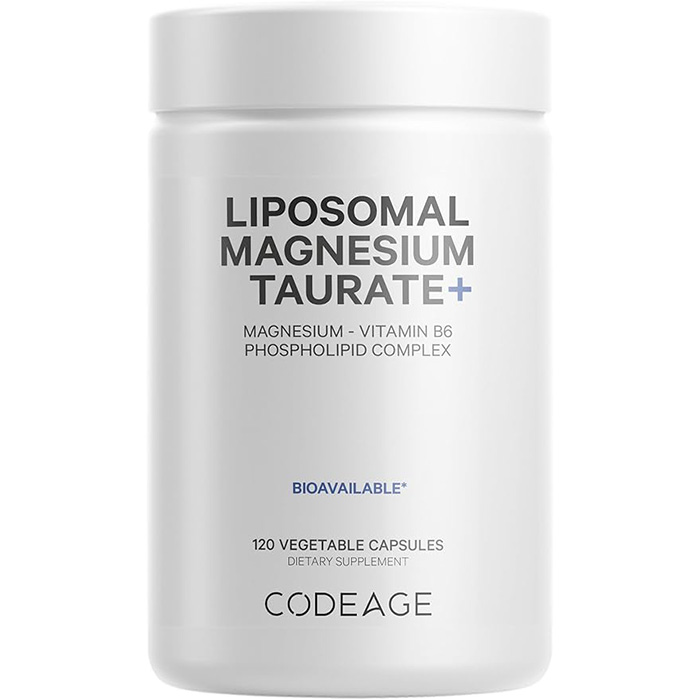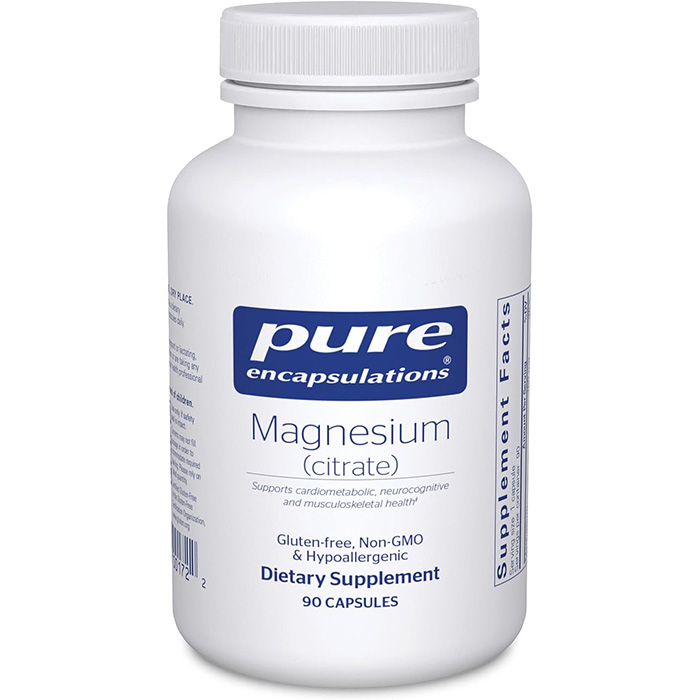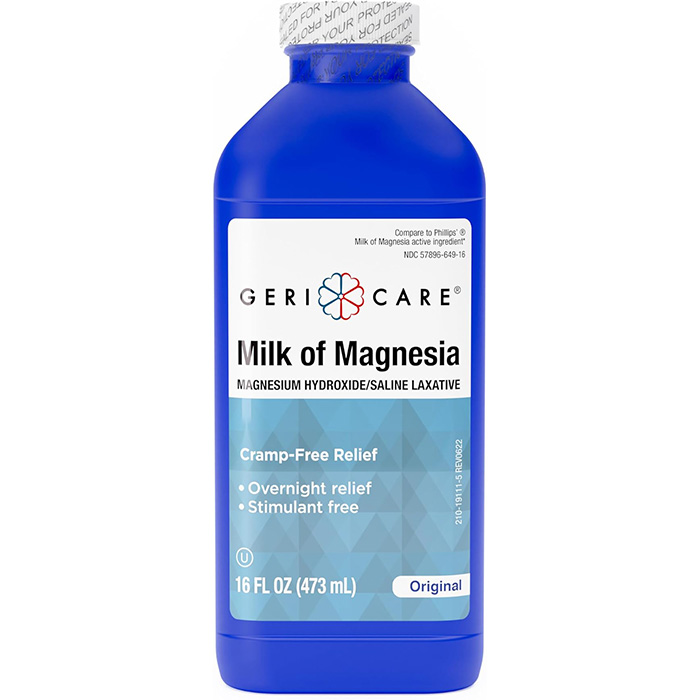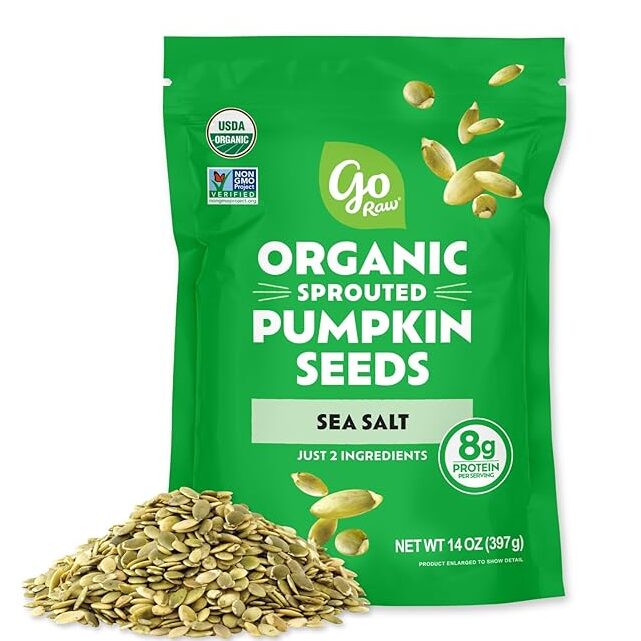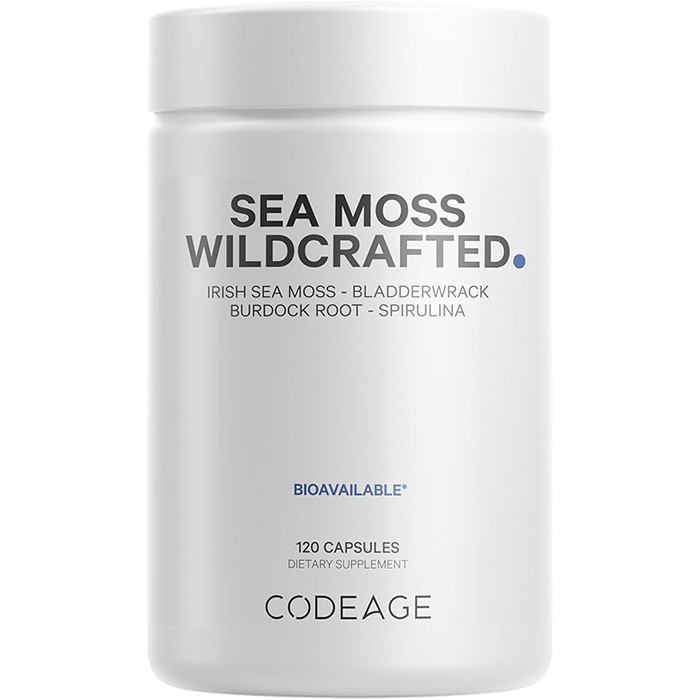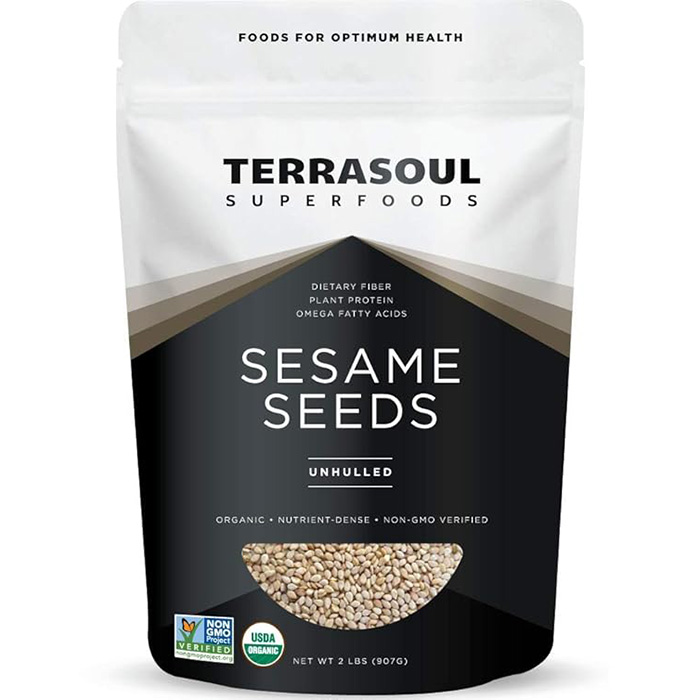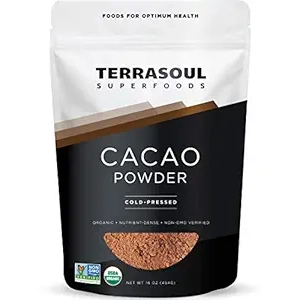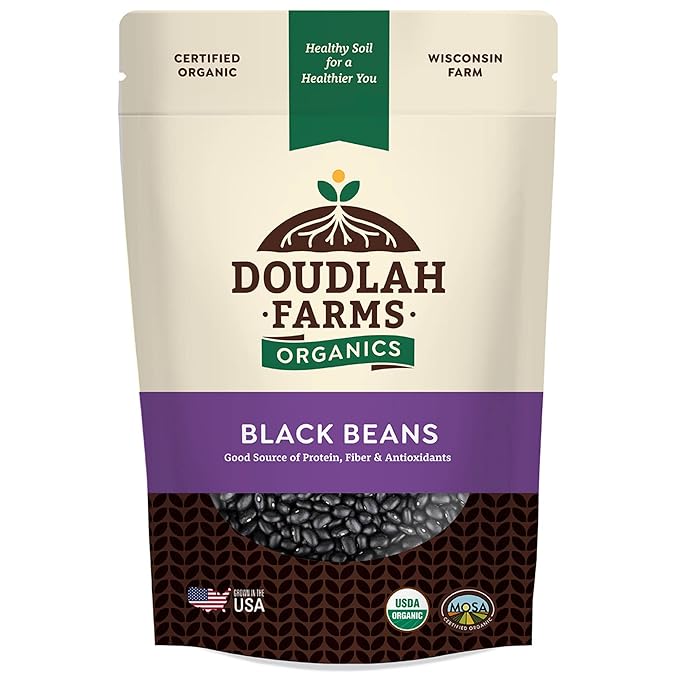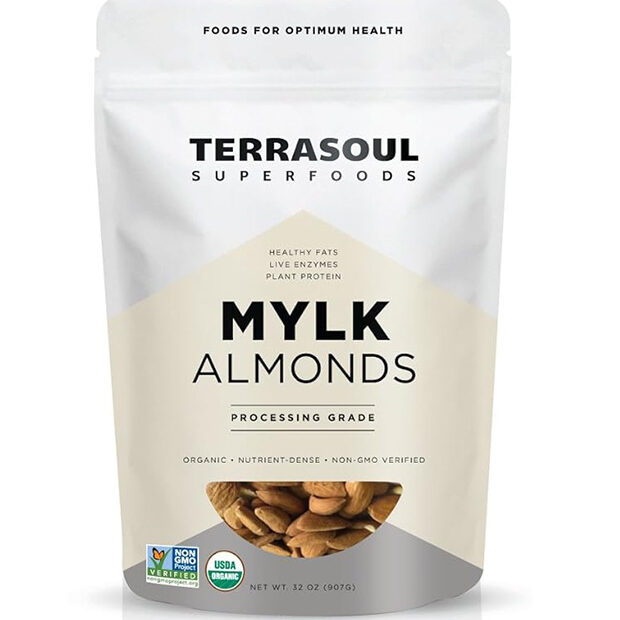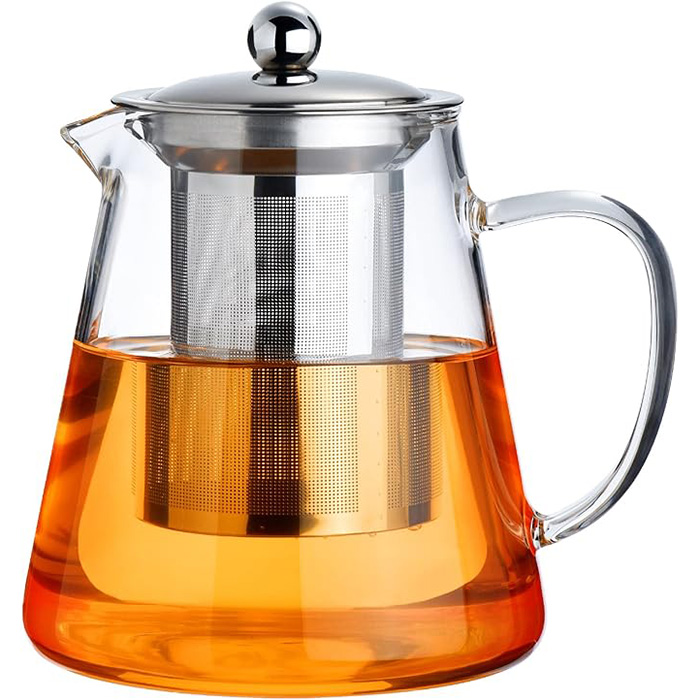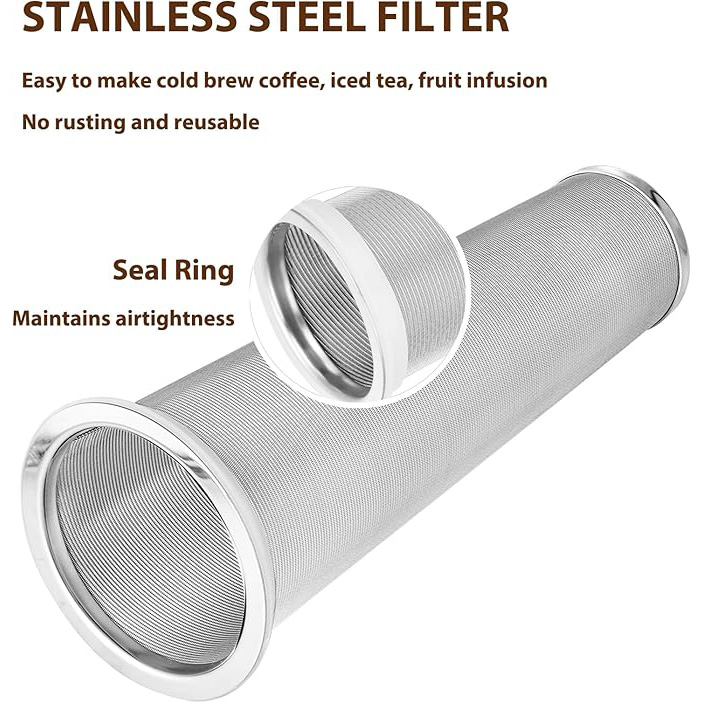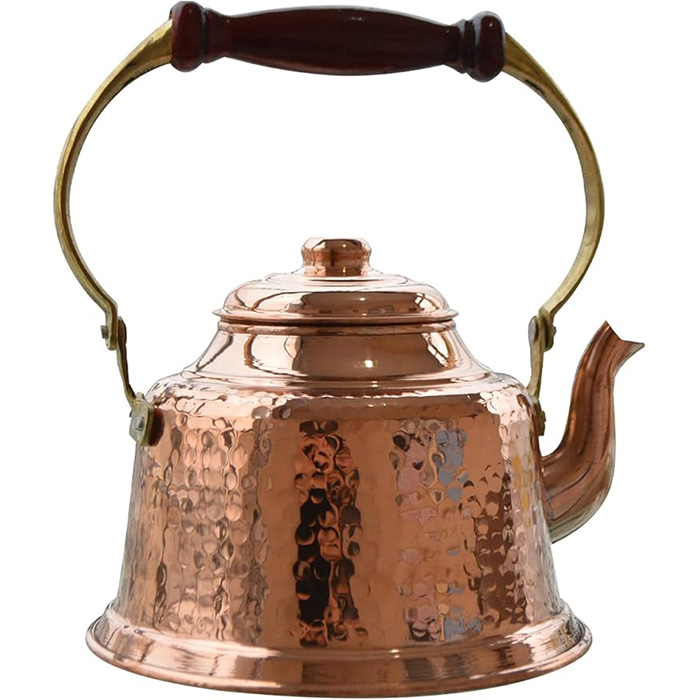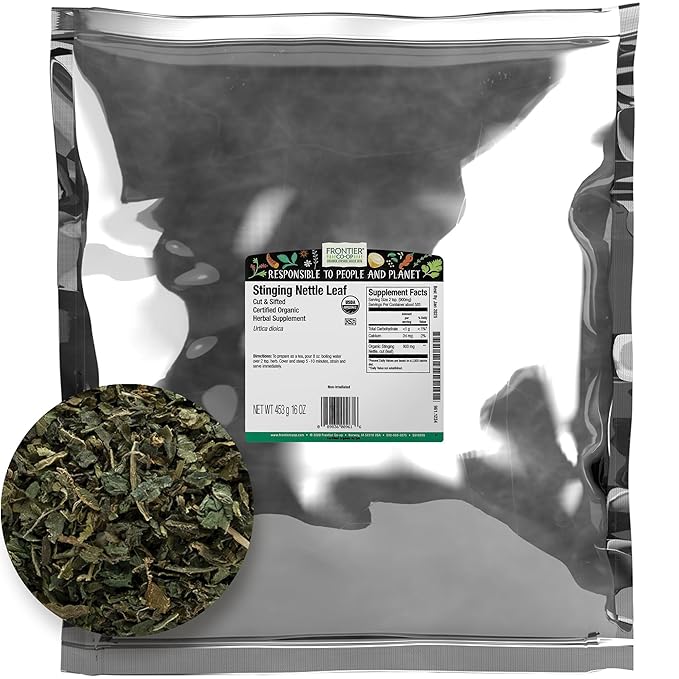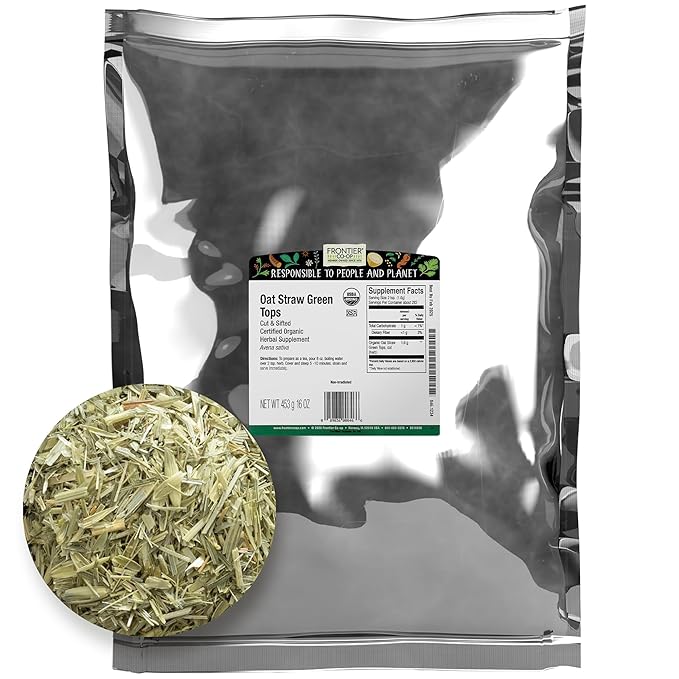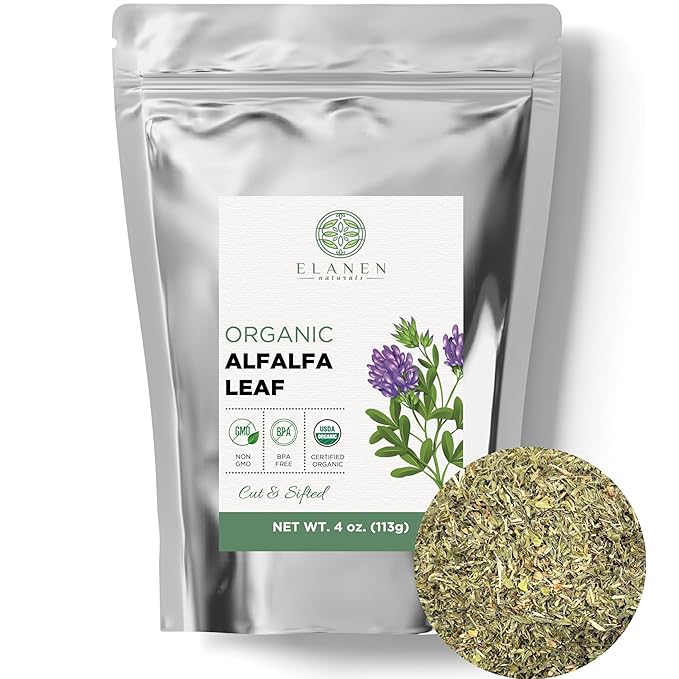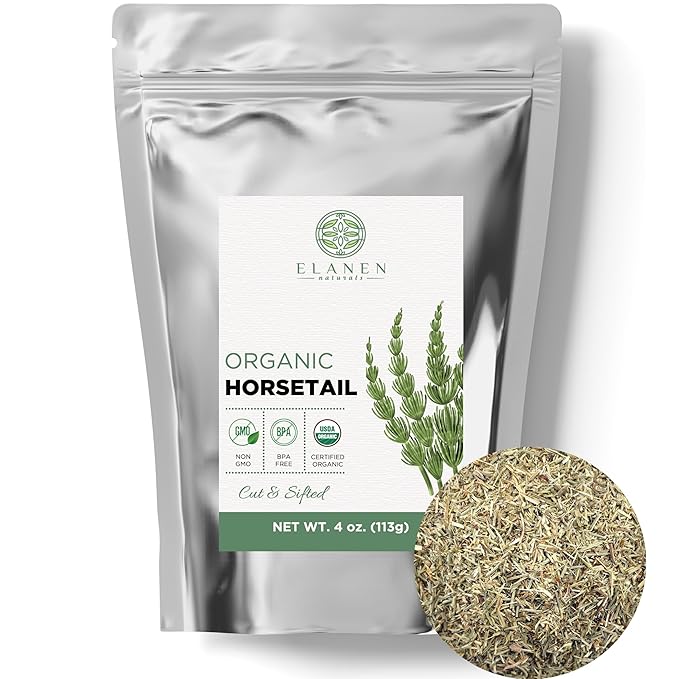Magnesium is one of the most essential minerals in the human body, yet it’s also one of the most ignored. I don’t know about you, but sometimes my body just craves a warm epsom salt bath. If you’ve ever felt exhausted, anxious, crampy, or just plain off, there’s a good chance magnesium deficiency is playing a role. It’s involved in over 300 enzymatic reactions, keeping everything from your muscles to your nervous system running smoothly. But here’s the catch—most people are deficient, and they don’t even know it.
Unlike other minerals (selenium, I’m looking at you), magnesium is not a one-stop-shop. With so many different types of magnesium out there, figuring out which one to take can feel overwhelming. Should you take it for energy? For sleep? To stop those annoying muscle twitches? What about the one that helps your brain? Let’s break it all down in a way that actually makes sense.
Why Magnesium Matters More Than You Think
Magnesium isn’t just some random mineral—it’s the backbone of countless bodily functions. Here’s what it’s doing behind the scenes:
- Boosts energy – Your cells literally cannot produce ATP (energy) without magnesium. If you’re always tired, this could be a game-changer.
- Calms the nervous system – Magnesium is like a chill pill for your body. It helps regulate neurotransmitters, reducing stress, anxiety, and even panic attacks.
- Supports muscle function – Ever had a random eye twitch? Muscle cramps? That’s often magnesium deficiency calling for help.
- Strengthens bones – Everyone talks about calcium, but without magnesium, calcium doesn’t get properly absorbed. It’s crucial for bone density.
- Regulates the heart – Magnesium helps maintain a steady heartbeat, supports circulation, and keeps blood pressure in check.
- Aids in detoxification – Your liver depends on magnesium to process toxins and eliminate heavy metals.
- Balances hormones – From thyroid function to blood sugar stability, magnesium plays a major role in hormone regulation.
Which Type of Magnesium Should You Take?
Here’s where things get tricky. Not all magnesium supplements are created equal, and some forms barely absorb at all. Here’s a quick guide to what works for different needs:
Best Forms of Magnesium for Topical Use (Transdermal Absorption)
For those with digestive issues, low stomach acid, or trouble absorbing magnesium orally, topical magnesium is a highly effective alternative. The skin absorbs magnesium directly into the bloodstream, bypassing digestion and preventing the laxative effect that some oral supplements cause.
Magnesium Chloride (Best for Magnesium Oil & Baths)
- Found in magnesium oil sprays, lotions, and bath flakes.
- Highly absorbable through the skin, ideal for muscle cramps, restless legs, and stress relief.
- Helps reduce systemic inflammation and improve sleep quality.
- Can cause a slight tingling or itching sensation on the skin—diluting with water or applying lotion afterward can help. Some say this tingling is a sign of deficiency.
- Magnesium chloride spray can also be used as a natural deodorant. Many people struggling with body odor may actually be dealing with an underlying magnesium deficiency, as this mineral plays a role in detoxification and balancing skin bacteria. Unlike chemical-laden antiperspirants that block sweat glands, magnesium spray neutralizes odor without disrupting the body’s natural detox processes. Some may notice an adjustment period as the body detoxifies, but long-term use can help reduce the intensity of body odor over time.
Magnesium Sulfate (Epsom Salt – Best for Detox & Relaxation)
- A great option for baths or foot soaks, providing magnesium plus sulfur to support detox pathways.
- Less absorbable than magnesium chloride but helpful for relaxation, sore muscles, and stress relief.
- Useful in liver detox and sulfate-deficient conditions like fibromyalgia.
Shopping List
The Best Forms of Magnesium for Oral Absorption
While magnesium glycinate is one of the best and most gentle oral forms, there are other forms that serve different functions based on their absorption rate and how they interact with the body.
Magnesium Glycinate (Highly Bioavailable & Gentle on Digestion)
- Bound to glycine, an amino acid that promotes calmness, relaxation, and sleep.
- Highly absorbable, unlikely to cause digestive distress, making it ideal for long-term supplementation.
- Best for muscle recovery, nervous system support, and sleep quality.
Magnesium Malate (Best for Energy & Muscle Function)
- Bound to malic acid, which plays a role in ATP (energy) production in mitochondria.
- More energizing than glycinate, making it a better choice for those struggling with fatigue, fibromyalgia, or chronic pain.
- Good for muscle recovery and reducing muscle cramps but not ideal for relaxation and sleep.
Magnesium L-Threonate (Best for Brain & Nervous System Health)
- The only form proven to cross the blood-brain barrier, making it highly beneficial for cognitive function, memory, and neuroprotection.
- May support conditions like Alzheimer’s, ADHD, depression, and anxiety.
- Not the best for general magnesium deficiency, but excellent for brain health.
Magnesium Taurate (Best for Cardiovascular Health & Blood Sugar Control)
- Bound to taurine, an amino acid that supports heart function, insulin sensitivity, and electrolyte balance.
- Ideal for blood pressure regulation and metabolic health.
- Less common than glycinate but a great option for those with cardiovascular concerns.
Magnesium Citrate (Good Bioavailability but Can Cause Loose Stools)
- Decent absorption but acts as a mild laxative, making it helpful for constipation but not ideal for regular supplementation.
- Used in some detox protocols because it stimulates bowel movements and clears excess calcium from soft tissues.
Magnesium Hydroxide (Used for Digestion, Not for Magnesium Deficiency)
- Found in Milk of Magnesia, primarily used as a laxative or to neutralize stomach acid.
- Poorly absorbed for raising magnesium levels and can cause dehydration with long-term use.
- Best reserved for occasional digestive relief.
Magnesium Oxide (Just Don’t)
- One of the most common but least absorbable forms.
- Primarily used as a laxative since it pulls water into the intestines but does not significantly raise magnesium levels in the body.
- You are better off with magnesium hydroxide.
Shopping List
The Best Whole Food Sources of Magnesium
While supplements can be helpful, real food is always the best option. Whole foods and herbs provide naturally occurring magnesium in forms that are highly bioavailable and paired with essential cofactors like vitamin K, calcium, and potassium for better absorption. While plant-based magnesium is not labeled as “glycinate” or “malate” like supplements, the body can efficiently extract and utilize these natural forms.
For optimal absorption, consuming a variety of these magnesium-rich foods and herbs daily helps ensure you’re getting a full range of bioavailable magnesium to support energy, relaxation, and overall health.
Pumpkin Seeds (Raw & Sprouted)
- Magnesium citrate and magnesium phosphate.
- One of the highest plant-based sources of magnesium, also rich in zinc and healthy fats that improve absorption.
- Sprouting reduces phytic acid, which can block mineral absorption, making magnesium more bioavailable.
Dark Leafy Greens (Low-Oxalate Options: Mustard Greens, Bok Choy, Turnip Greens)
- Magnesium chlorophyllin and magnesium malate.
- The magnesium found in chlorophyll (the green pigment in plants) is one of the most bioavailable forms for cellular function.
- Low-oxalate options ensure magnesium is not blocked by oxalates, which interfere with absorption.
Avocados
- Magnesium oxide and magnesium citrate (naturally occurring, not the poorly absorbed supplement form).
- Also contains healthy fats, potassium and B vitamins, which improve electrolyte balance and energy production.
Bananas (Less Ripe for Prebiotic Benefits)
- Magnesium citrate and magnesium malate.
- The less ripe a banana is, the more prebiotic fiber it contains, which helps gut bacteria enhance magnesium absorption.
- Pairs well with potassium to support heart function and muscle relaxation.
Bladderwrack (Fucus vesiculosus)
- Magnesium chloride, magnesium sulfate, and magnesium carbonate.
- A seaweed-based source of magnesium, also rich in iodine, making it excellent for thyroid and metabolic health.
- Supports detoxification and electrolyte balance while providing additional trace minerals like selenium and potassium.
Sesame Seeds (Unhulled, Soaked or Sprouted)
- Magnesium phosphate and magnesium carbonate.
- Rich in calcium and healthy fats, supporting bone health and mineral balance.
- Soaking or sprouting improves mineral bioavailability by reducing anti-nutrients.
Cacao (Raw, Unprocessed)
- Magnesium malate and magnesium citrate.
- One of the richest sources of natural magnesium, supporting mood, stress relief, and muscle function.
- Contains antioxidants and flavonoids that enhance heart health.
Shopping List
While lentils, legumes, and almonds are great sources of magnesium, they also contain anti-nutrients—compounds that can interfere with the absorption of minerals like magnesium, calcium, iron, and zinc. Here’s what you need to know and how to minimize their effects to get the most out of these foods.
Lentils and Legumes
- Magnesium phosphate and magnesium sulfate.
- Excellent plant-based protein source, also rich in potassium and iron.
Anti-Nutrients Present:
- Phytic Acid (Phytates) – Binds to minerals, reducing magnesium absorption.
- Lectins – Can cause gut irritation and inflammation, interfering with nutrient absorption.
- Oxalates – Present in some legumes, can contribute to kidney stone formation and inhibit mineral uptake.
How to Reduce Anti-Nutrients:
- Soaking: Soaking lentils and legumes for 12-24 hours in warm water with an acidic medium (like lemon juice or apple cider vinegar) neutralizes phytic acid and activates enzyme inhibitors, making magnesium more bioavailable.
- Sprouting: Sprouting further reduces phytic acid and lectins, making magnesium, iron, and zinc easier to absorb.
- Fermenting: Fermenting legumes (e.g., tempeh) eliminates anti-nutrients almost entirely, making magnesium and other minerals highly bioavailable.
- Pressure Cooking: Cooking legumes in a pressure cooker significantly reduces lectins and phytates, improving digestibility.
Almonds (Raw or Sprouted)
- Magnesium malate and magnesium phosphate.
- Also rich in vitamin E, healthy fats, and protein for sustained energy.
Anti-Nutrients Present:
- Phytic Acid – Blocks absorption of magnesium, calcium, and zinc.
- Enzyme Inhibitors – Can make digestion more difficult, reducing mineral uptake.
- Tannins – Interfere with protein and mineral absorption.
How to Reduce Anti-Nutrients:
- Soaking: Soaking almonds in filtered water with salt for 8-12 hours neutralizes enzyme inhibitors and reduces phytic acid.
- Sprouting: Allowing almonds to sprout (after soaking) further reduces phytates and enhances nutrient absorption.
- Blanching or Roasting: Light roasting or blanching almonds deactivates enzyme inhibitors, though it can reduce some heat-sensitive nutrients.
Let’s be real—most of us aren’t eating enough magnesium-rich foods every day. This is where herbal infusions and tinctures can be a game-changer. When you steep magnesium-rich herbs like nettle and oatstraw for several hours, you pull out minerals in their most absorbable form. Unlike synthetic supplements, your body knows exactly how to use these nutrients.
To make a nourishing herbal infusion start by adding one ounce by weight of dried herbs to a quart-sized glass jar or teapot. Pour boiling water over the herbs, filling the jar or teapot to the top. Cover with a lid and let it steep for at least four hours, or ideally overnight, to allow maximum extraction of vitamins and minerals. Strain out the herbs, then drink the infusion warm, at room temperature, or chilled. Store any leftovers in the refrigerator for up to 24 hours. For extra benefits, try adding a splash of lemon juice to enhance mineral absorption or sweeten the cooled infusion with raw honey if desired.
Nettle (Urtica dioica) Herbal Infusion
- Magnesium citrate and magnesium malate (natural forms bound to organic acids in plants).
- Highly bioavailable and balanced with calcium, iron, and silica, making it excellent for bone health and detoxification.
- Works well as a long infusion (steeping overnight) to extract more minerals into the tea.
Oatstraw (Avena sativa) Herbal Infusion
- Magnesium silicate and magnesium carbonate.
- Excellent for the nervous system, connective tissue, and bones, packed with bioavailable magnesium and silica.
- Works synergistically with nettle for mineral replenishment and adrenal support.
Dandelion Root (Taraxacum officinale) Decoction
- Magnesium citrate and magnesium malate.
- Rich in potassium and calcium.
- Supports liver detoxification, bile production, and kidney function.
- Helps to regulate digestion, blood sugar, and helps remove excess toxins from the body.
- Roots need to be made as a decoction, not an infusion. Add 1-2 tablespoons of dried dandelion root to 2 cups of water, bring to a boil, then reduce to a simmer for 40-60 minutes to extract its beneficial compounds. Cover the pot to retain volatile compounds. Strain and enjoy warm, or store in the refrigerator for up to 24 hours.
Alfalfa (Medicago sativa) Herbal Infusion
- Magnesium phosphate and magnesium carbonate.
- Contains calcium, iron, and silica.
- Supports bone health, cardiovascular function, and energy production
- Alkalizes the body, and provides a broad spectrum of trace minerals.
- Works well combined with nettle and oatstraw for a full mineral-rich infusion.
Horsetail (Equisetum arvense) Herbal Infusion
- Magnesium silicate (high silica content helps bind magnesium)
- Strengthens connective tissue, bones, hair, and nails
- Supports wound healing and remineralization.
- High in potassium.
- Best prepared as a long infusion to fully extract minerals.
Red Clover Blossoms (Trifolium pratense) Herbal Infusion
- Magnesium citrate and magnesium phosphate
- Contains calcium and phytoestrogens that support hormone balance.
- Helps detoxify the blood and improve lymphatic function.
Unlike herbal infusions, tinctures are not the best way to extract minerals like magnesium. Magnesium is a mineral that dissolves best in water, which is why long herbal infusions work so well. Alcohol-based tinctures are excellent for extracting alkaloids, flavonoids, and other plant compounds, but they do not effectively extract high amounts of minerals.
Shopping List
Recap: How to Choose the Right Magnesium for Your Needs
- For general magnesium deficiency & relaxation: Magnesium Glycinate
- For energy, muscle function & chronic fatigue: Magnesium Malate
- For brain health & cognitive function: Magnesium L-Threonate
- For cardiovascular health & insulin sensitivity: Magnesium Taurate
- For constipation & detox support: Magnesium Citrate
- For muscle cramps, sleep, & stress (topical use): Magnesium Chloride (Oil) or Epsom Salt Baths
Why Magnesium Deficiency Is So Common
If magnesium is in so many foods, why are so many people deficient? There are a few reasons:
- Soil depletion – Modern farming has stripped the soil of minerals, meaning our food just isn’t as rich in magnesium as it used to be.
- Stress – Chronic stress burns through magnesium like crazy.
- Caffeine and sugar – Both of these deplete magnesium, and let’s be honest—we consume a lot of both.
- Medications – Some drugs, like diuretics, birth control pills, and proton pump inhibitors, lower magnesium levels.
- Poor gut health – If your digestion isn’t great, you may not be absorbing magnesium properly.
Signs You Might Be Magnesium Deficient
How do you know if you’re running low? Here are some common signs:
- Muscle cramps or twitching
- Chronic fatigue or low energy
- Anxiety, depression, or trouble sleeping
- High blood pressure or irregular heartbeat
- Poor digestion or constipation
- Frequent headaches or migraines
- Sugar cravings
Final Thoughts
Magnesium is one of the most important minerals for overall health, and yet it’s one that so many people overlook. Whether you’re struggling with fatigue, stress, muscle cramps, or poor sleep, increasing your magnesium intake could make a huge difference. Start by adding magnesium-rich foods, herbal infusions, and, if needed, a quality supplement that fits your needs. Your body will thank you.
Disclaimer
According to the FDA, only medical professionals can give medical advice. Neither Julie nor Neil are “medical professionals” or “qualified health providers.” We believe in educating ourselves and our community on holistic alternatives to allopathic medicine. As such, the FDA legally restricts the language we can use as citizens and business owners in the United States of America.
The information provided in this article is for educational purposes only and is not intended as a substitute for professional advice, diagnosis, or treatment. Always seek the advice of a qualified health provider with any questions you may have regarding a medical condition. Never disregard professional advice or delay in seeking it because of something you have read in this article. The use of any information provided in this article is solely at your own risk.
